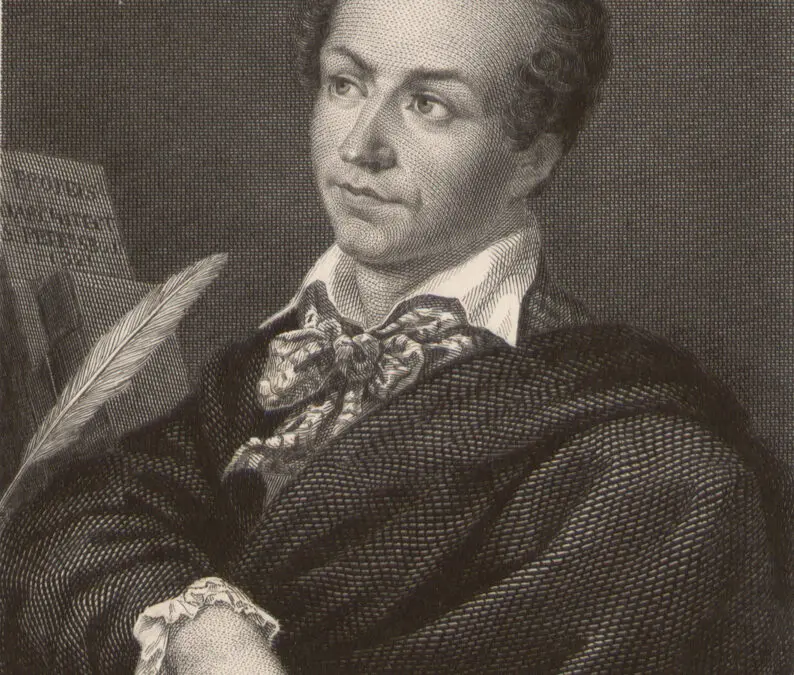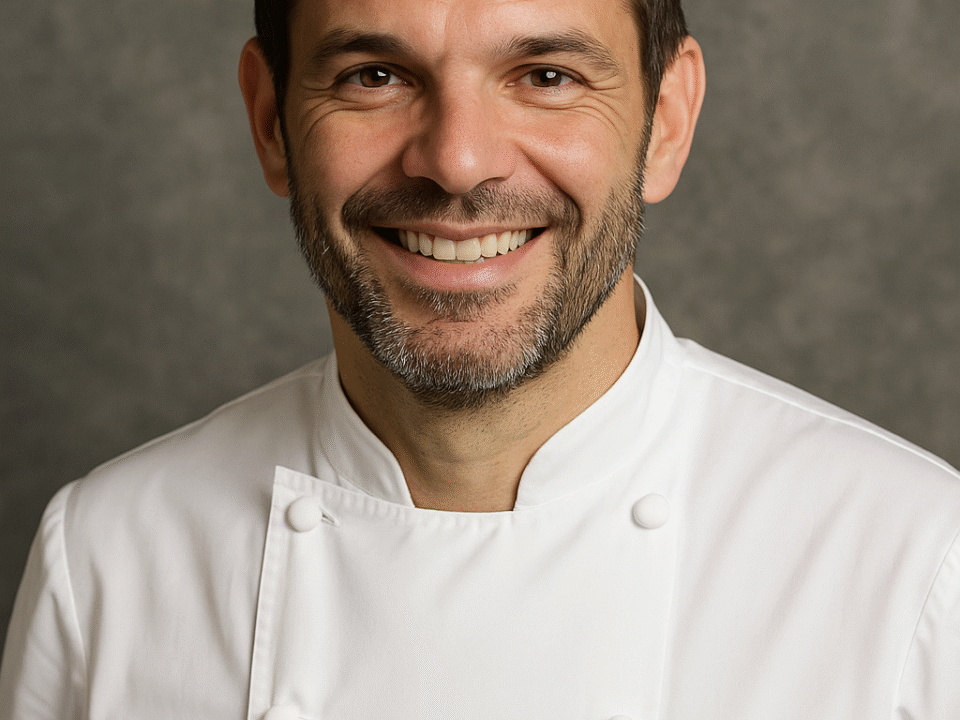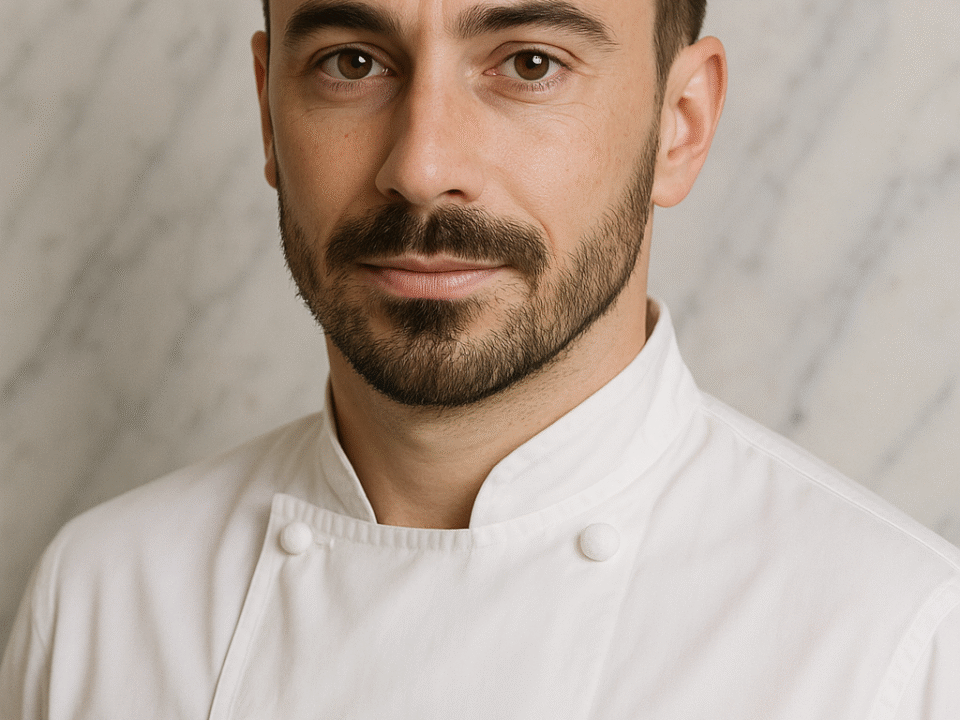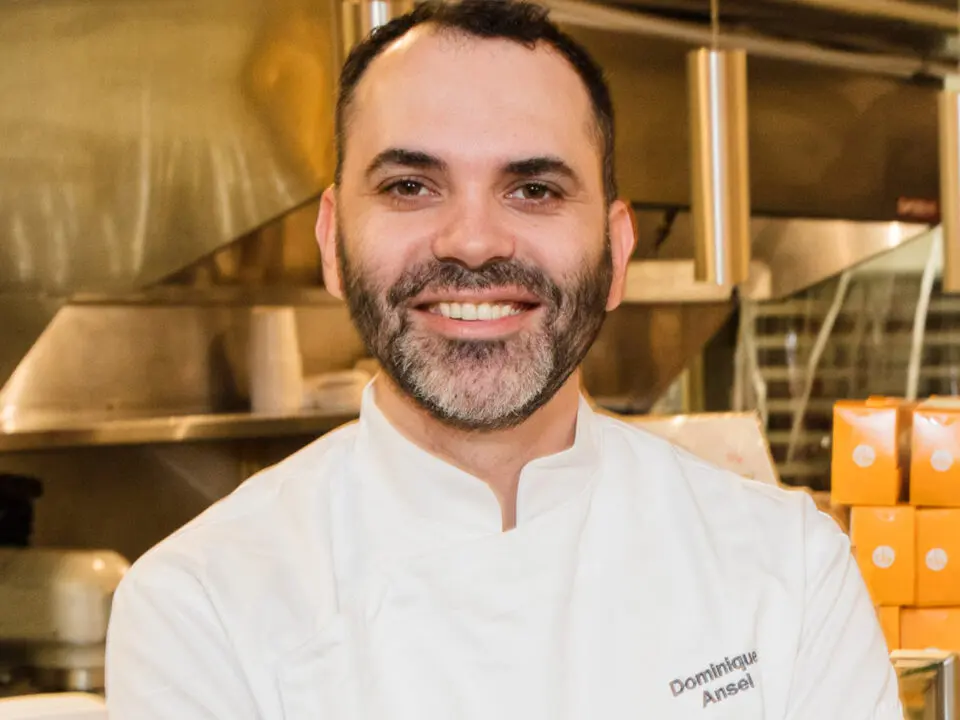
Bench Scraper
August 4, 2025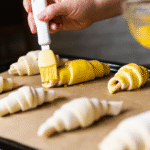
Pastry Brush (Natural Bristle or Silicone)
August 11, 2025The Pastry Chef Who Made Dessert an Art Form
Before there were television chefs, cooking competitions, or fine-dining Instagram reels, there was Marie-Antoine Carême. Born in Paris in 1784, Carême wasn’t just a brilliant cook—he was one of the first to turn the culinary world into something grand, refined, and worth celebrating.
And in the world of pastry, he quite literally wrote the book.
From poverty to palace kitchens
Carême’s story didn’t begin in luxury. He was born into a low-income family during the final years of the Ancien Régime. At the age of 10, he was sent out to fend for himself and soon found work as a kitchen boy in a small Parisian chophouse.
By the time he was a teenager, he was apprenticed to a pastry chef. He had a natural talent not just for baking, but for structure and design. Carême loved architecture, and he studied it obsessively—often copying drawings of temples and monuments from books borrowed from libraries.
It wasn’t long before he started building his versions—out of pastry.
Training, talent, and the rise of a culinary star
Carême trained in some of the finest patisseries in Paris. He worked for Silvain Bailly, one of the city’s top pastry chefs, and was eventually noticed by nobility. He began cooking for high society and, later, for the likes of Talleyrand, Tsar Alexander I of Russia, and even the Rothschilds.
What made Carême different from other chefs of his time was his sense of scale and detail. He didn’t just want food to taste good—he wanted it to look like art.
His pièce montées (elaborate centrepieces made of sugar, marzipan, and pastry) could resemble entire buildings, complete with columns, domes, and archways. They weren’t just desserts—they were edible sculptures.
Signature creations and techniques
While Carême is remembered for his spectacular sugar structures, he also laid the foundations for modern French pastry.
He’s credited with:
- Refining and formalising pâte feuilletée (the dough used for puff pastry)
- Developing classic meringue styles
- Creating detailed recipes for croquembouche, vol-au-vent, and bavarois
- Documenting hundreds of sauces, doughs, and presentation techniques that are still taught in pastry schools today
His approach was precise, almost scientific, but also intensely creative. He didn’t invent every recipe—but he codified them, named them, and gave them structure.
Carême’s legacy
Carême’s influence goes far beyond a few recipes. He helped define what it means to be a chef in the modern sense—someone who isn’t just working in the background, but shaping culture, setting standards, and writing down what works so others can learn.
He published several vital cookbooks, including L’Art de la Cuisine Française au XIXe Siècle, which set out the idea of a structured kitchen brigade, an idea later built upon by Auguste Escoffier.
To this day, pastry chefs all over the world use techniques and principles that Carême helped put in place more than 200 years ago. If you’ve ever made puff pastry, piped a meringue, or admired a croquembouche at a wedding—you’ve tasted his legacy.
Final thoughts
At Flux Desserts, we draw inspiration from chefs like Carême, not just for what they created, but for how they elevated pastry into something worth thinking deeply about. Carême didn’t just bake—he built. And in doing so, he helped shape the very idea of dessert as an experience, not just a course.
Whether you’re baking at home or enjoying one of our creations, you’re part of a story that began in a small Parisian kitchen more than two centuries ago.
